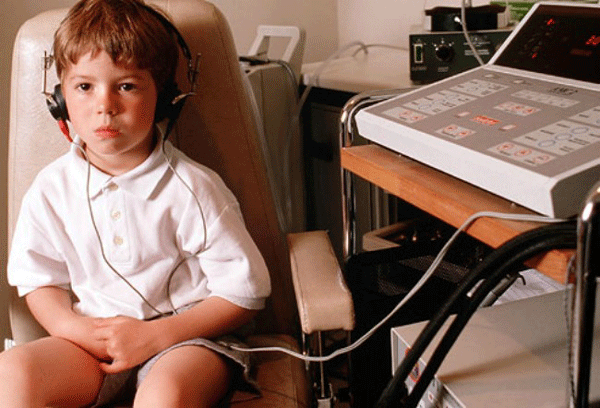Intro Into Hearing Loss and Hearing Tests
Feeling as if you’re loosing the grasp of your ability to hear clearly? Undoubtedly, this is not the most pleasant experience one can have. Hearing impairment can vary in severity, but it can surely cause a lot of communication difficulties that might lead to profound psychological, social and educational problems. If dealing with such type of impairment, it is essential to consider and arrange an appointment with an audiologist so that you can undergo proper testing.
Hearing tests can be performed on both children and adults, and with the right hearing test, one can understand the severity of his/her hearing loss and treat it properly.

Why Are Hearing Tests Needed?
-
Hearing tests are performed for three main reasons:
-
as a regular check-up of a newborn or young child’s developmental checks;
-
as a determinative test for someone who is experiencing hearing loss symptoms;
-
as a follow-up for those who already have hearing loss.
The sooner you find a reliable clinic and experienced audiologist to examine your haring, the better the chances for you to get the proper treatment. Choosing a professional and skilled hearing tests Melbourne audiologist is crucial if accurate test performance and proper treatment is what you aim for. Finding a trusted hearing clinic is essential, especially when it comes to testing the hearing loss of children since they are assessed through a combination of behavioral and physiological tests and require a special kind of pediatric background.
Hearing tests must be carried out at regular intervals, which means that the best time to start monitoring this crucial sense of ours is early childhood, starting with the Newborn Hearing Screening Programme (NHSP), immediately after birth or within a few weeks of birth.
How Are Hearing Tests Conducted?
After you have chosen a reliable hearing tests Melbourne clinic, you must choose a professional and skilled specialist who can carry out the hearing test.
The most common types of hearing tests are:
-
Automated Otoacoustic Emissions (AOAE) Tests – This test consists of a computer attached to an earpiece, which plays clicking noises while measuring the response from the ears.
-
Automated Auditory Brainstem Response (AABR) Tests – This test is performed by placing sensors on the head and the neck in order to identify the response of the nerves to sounds played through headphones.
-
Pure Tone Audiometry Tests – This test is performed by playing sounds of different volumes and frequencies through headphones, and every time you hear a sound you will need to press a button.
-
Bone Conduction Tests – The bone conduction test is carried out by placing a vibrating sensor which generates noise behind the ear. The generator is carefully pressed on the bone behind the ear to test the nerve’s function.
What Else Should I Know?
Adults and children are tested differently, of course, and all the tests are completely painless. Quite often, some audiologists decide to record instances from the test procedure on an audiogram for the purpose of easier identification of the type of hearing loss.
























